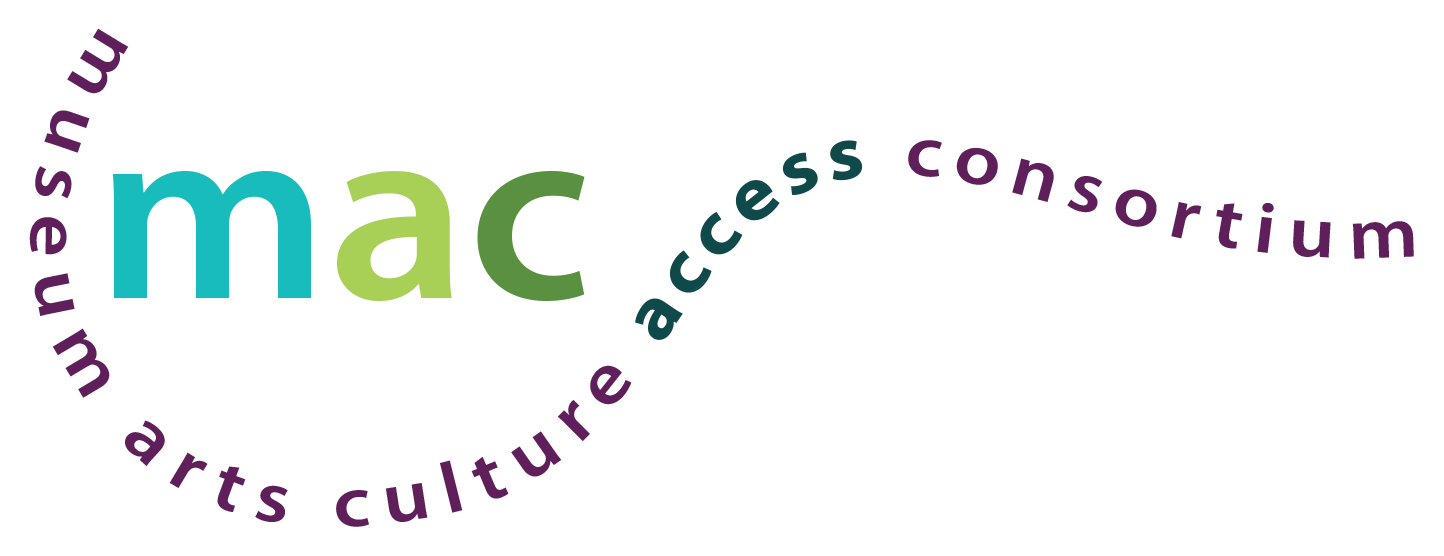26 Nov Workshop Documentation: Supporting Transitions – Cultural Connections for Adults with Autism
This resource provides documentation of a professional development workshop that MAC hosted on May 24, 2016, 4:30pm-6:30pm, at The Museum of Jewish Heritage: A Living Memorial to the Holocaust. Representatives from three New York-based cultural institutions gave short, focused presentations about serving adults with autism. Introductory remarks were given by Liza Galler and Bren Bater from the JCC Manhattan’s Adaptations program.
-
At this event attendees participated in two discussions about building initiatives that will serve adults on the autism spectrum through arts and culture. Discussions were led by representatives of cultural organizations who are demonstrating exemplary work in the areas of recreational programming, life skills development, and employment. While there has been a great increase in programs serving school age children on the autism spectrum, opportunities for adults with autism at cultural organizations remain rare. This event focused on the process of engaging adults with autism in the work of cultural organizations.
Discussion Sessions and Presenters:
-
Starting Young: For those that are new to serving individuals with autism, this discussion will focus on building programs for school age children and then shifting to serve adult populations. How can your organization build relationships and lay the groundwork for lifelong engagement?
Presenter: Dara Cohen and Viktorya Vilk from The Jewish Museum
-
Building Community: As individuals with autism leave the school setting it can be challenging not only to find opportunities to experience culture, but also to find a community. This discussion will explore recreation programs for adults with autism.
Presenter: Lara Schweller from The Museum of Modern Art
-
Path to Employment: Cultural organizations are well-positioned to participate in developing life skills and work readiness in teens and adults with autism. This discussion will consider how cultural organizations may build opportunities for employment through life skills development and work readiness programs. The discussion will highlight the work of cultural organizations that have taken the lead in offering employment opportunities to adults with autism with the support of autism support organizations.
Presenter: Meredith Martin Gregory from The New York Transit Museum
-
Documentation below includes the slideshow presentation from the workshop introductions, the presentation from the JCC Manhattan Adaptations program, and from the Path to Employment session.
This workshop is part of Supporting Transitions: Cultural Connections for People with Autism, a project made possible thanks to the generous support of The FAR Fund
Audio Excerpt
Listen to an excerpt from the Starting Young session. Transcript below.
-
TRANSCRIPT:
-
“Essentially, because our topic was ‘Starting Young’ we wanted to talk about how we really started with elementary programing. We started in schools because we thought, ‘What do we know best?’”
-
“When I started in 2007, we had two partnerships with District 75 schools, but they were both elementary and we also had professional development for special ed teachers and we also had free tours. And we had one particular educator who was already trained by MoMA and had experience working with special ed classes. Specifically, with groups with autism, so that’s kinda how we started and then over time we built on our school programs.”
-
“We launched a program with a high school, so we aged up kinda into high school…that was a transition for us. And that was less about curriculum and more about social skills confidence building, things like that. After that we were like, ‘hey we got this school thing down’ and we launched our access family workshops but still for the school aged set. And that was important because we had to draw on our existing networks.”
-
“And it’s easy to find families when you have teachers and you have students who are already kind of coming to you. Once we have done that and it was really successful for a year-and-a-half or so, we thought, well one, these kids are going to essentially grow up and also we want to be more inclusive in our programming, ‘so how can we work with older young adults and people over the age of 18?’ So, we partnered with MoMA and Create Ability which was amazing because they already had a built-in community and we did a two-part program. So, thinking about where do our people come from? Some of our core group is still from this pilot.”
Presentation Slides
Accessibility Notes Regarding the Slideshow:
-
For an accessible version of this presentation for people who are blind or have low vision, click on the screen below and then type the letter S on your keyboard. After typing the letter S, a different version of this slideshow will appear in a pop-up window that will include descriptions of each slide. To scroll through the slides in that window, press the arrow keys. For people with low vision, click the plus buttons in the upper right-hand corner to increase the size of the text-based descriptions.

Sorry, the comment form is closed at this time.